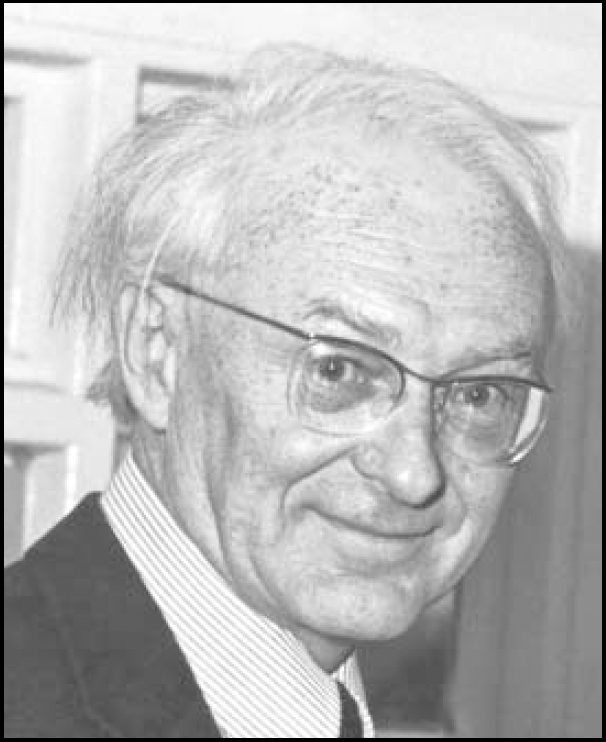There is always a lasting camaraderie among the small group of usually young clinical investigators who find themselves as pioneers in a new, clinically relevant discipline. Such was the position of clinical neurophysiology in the early 1960s when Leo Honigsberger, a trainee psychiatrist, turned from his chosen path and joined Dr Samy Last as senior registrar in the new department of clinical neurophysiology at the London Hospital in Whitechapel.

Leo's arrival is remembered as bringing the buzz of an unusually sparkling and interesting personality combined with an intense practical and intellectual interest in the applications of clinical neurophysiology across medical and surgical disciplines. This approach to his chosen subject, especially electroencephalography (EEG), was to remain throughout his professional life.
Appointed consultant clinical neurophysiologist at the Midland Centre for Neurosurgery and Neurology in 1964, and at the Queen Elizabeth Hospital Birmingham from 1972, Leo worked to develop a first-class clinical service throughout the United Birmingham Hospitals and beyond, and to the Prison Service. He trained a generation of clinical neurophysiologists and technicians, taking endless trouble as mentor to each and all. His reward was their lifelong loyalty and affection.
Leo did not publish extensively. He was essentially a collaborator and used his skills to study dysfunction of the nervous system, particularly due to metabolic or toxic encephalopathies and neuropathies. This extended into a continuing interest in intraoperative EEG monitoring of open heart surgery and the associated effects of anaesthesia, profound hypothermia and arterial hypotension, as well as monitoring during carotid artery surgery.
Leo was educated at Oundle, then chose to study medicine at his father's Alma Mater, the University of Capetown, South Africa, where he qualified MBChB in 1957. He returned to England to train in psychiatry, and gained the MRCPsych in 1972 and was elected FRCPsych in 1979; having already married Joy de Kock, a talented artist, who was to be his life companion.
Memories of Leo are inseparable from his personality, remembered as bright, delightful and friendly, but also as some-what eccentric and on occasions even mystical. ‘Leo stories’ abounded throughout his career. His tastes in headgear and motor cars were all his own: a University of Capetown rowing cap to set off a bright yellow MG Midget; and a deerstalker, shortsleeved shirt and a topless, sideless jeep — in the snows — are fondly remembered. His letters were written on note paper decorated with intriguing emblems (such as phrenology heads or fragments of EEG). His clinical reports could contain, in addition to an interesting novel electroclinical observation, unexpected information such as ‘I've found my car, did I tell you I had lost it?’
In spite of his professed impatience with bureaucracy and administrators, Leo was active in the local district and parish councils. He was a very effective Chairman of Bromsgrove and Redditch Health Authority for 3 years. He also served in the Territorial Army.
Leo did locums in his retirement and was reporting EEGs until 2 weeks before his death.
He leaves his wife, Joy, and two daughters.



eLetters
No eLetters have been published for this article.